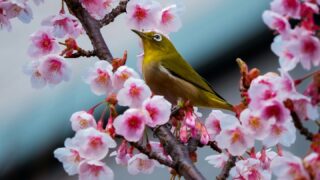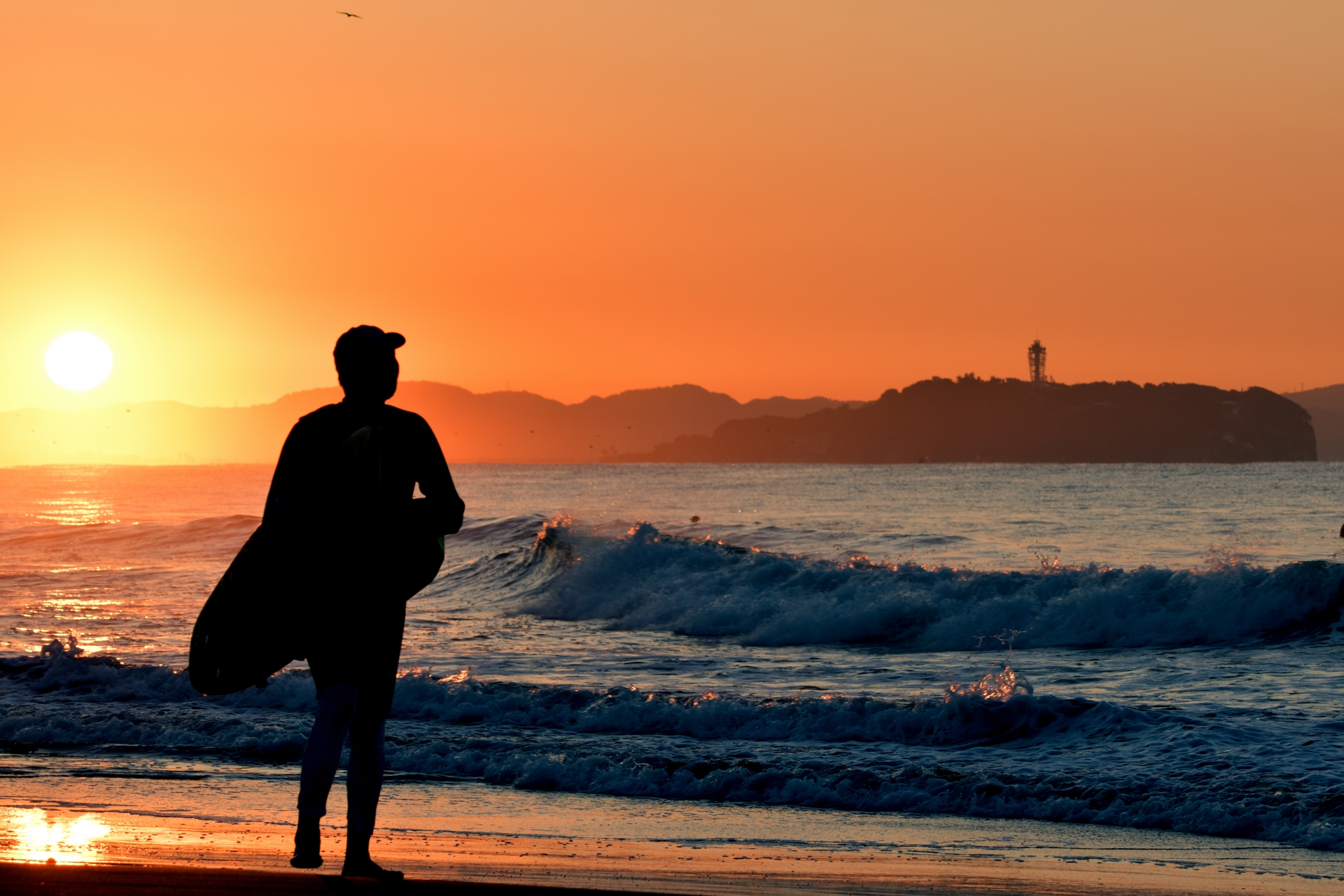
Misty Fujii is a Canadian DJ and writer who came to Japan seeking adventure and stuck around for love. Living life as a bucket list in progress, she’s as passionate about sharing her stories as she is experiencing them. She gets excited about collecting vintage vinyl records, food from all countries, traveling, and renovating her traditional Japanese house. She can be found on Instagram @djmisty
This post may contain some affiliate links. When you click through and make a purchase we may receive some commission, at no extra cost to you.
Japan’s ready to turn up the heat for summer! But before we dive into all things sizzling sunshine and refreshing treats, let’s talk about a beautifully poetic way Japan appreciate the seasons: micro-seasons! We told you all about the micro-seasons of spring; now, let’s dig into what summer has for us to look forward to.
Wait! What is a micro-season? You already know that Japan sees four main seasons, so what if we told you there were actually 72? Yep, you read that right! First, the four seasons are divided into 24 parts called sekki (6 each season) and then subdivided further into 72 kou (18 each season). These micro-seasons are like mini-chapters, each lasting about five days and capturing the subtle shifts of nature. Imagine going from the cool breeze of spring to the first hints of summer warmth – that’s a micro-season!
The concept of micro-seasons stems from a 72-season calendar adopted in Japan from China in the sixth century. This traditional calendar, which coexisted with the lunar calendar until 1872, offers a nuanced perspective on the year’s gradual transitions. By appreciating these micro-seasons individually, we are encouraged to be mindful of the present moment and to respect the impermanence inherent in the natural world.
Which brings us to summer! Let’s explore the six main micro-seasons of summer in Japan, from the light of the summer solstice to the beginning of autumn and beyond.
1. Geshi (夏至): Summer Solstice
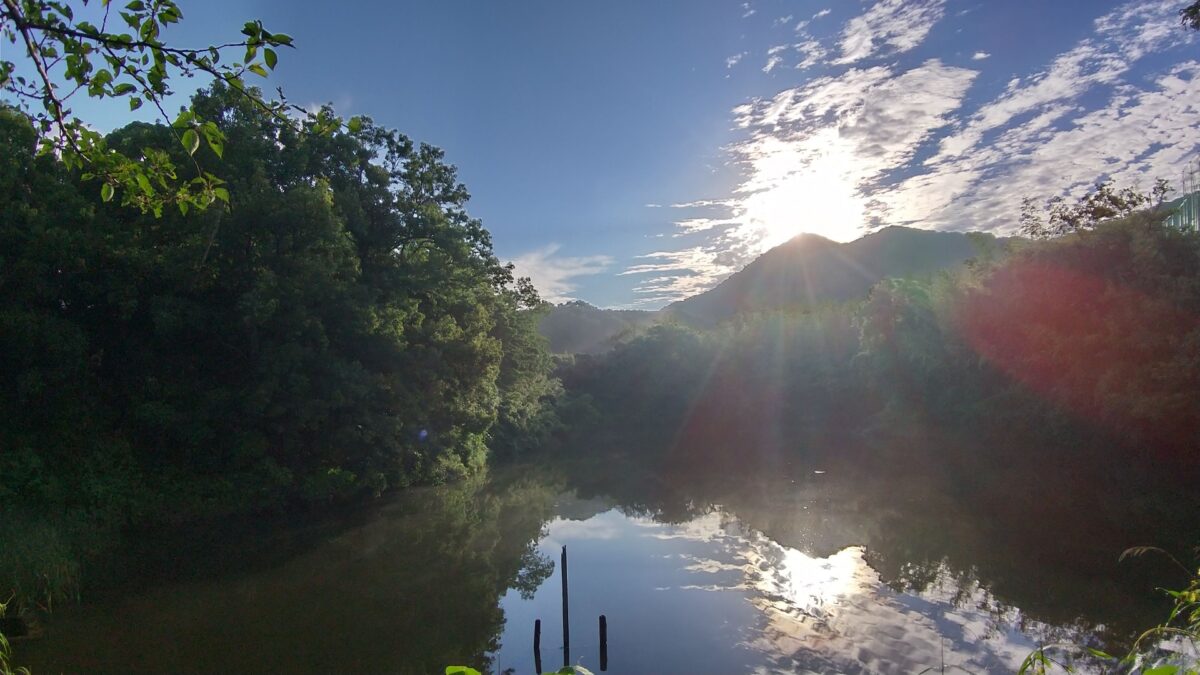
While the summer solstice universally signifies the longest day of the year, Japan observes it as when the sun rises behind the majestic Mt. Fuji, taking its longest path. June 21 marks the official start of summer, coinciding with the peak of the rainy season and a critical period for farmers. This micro-season offers a fascinating glimpse into nature’s subtle transitions amidst the backdrop of agricultural activity. Prunella flowers gracefully wither, vibrant irises bloom, and delicate shoots of crow dipper plants sprout, symbolizing nature’s fleeting beauty and resilience.
Culturally, this micro-season also has some intriguing culinary customs. In the Kansai region, people eat octopus (tako) because its eight tentacles are believed to symbolize the vigorous growth and spread of the rice crop’s roots. The month concludes on a sweet note with minazuki, a triangular confection made from kuzu starch and rice flour, topped with red beans. This traditional treat is delicious and believed to have the power to ward off misfortune.
2. Shōsho (小暑): Lesser Heat
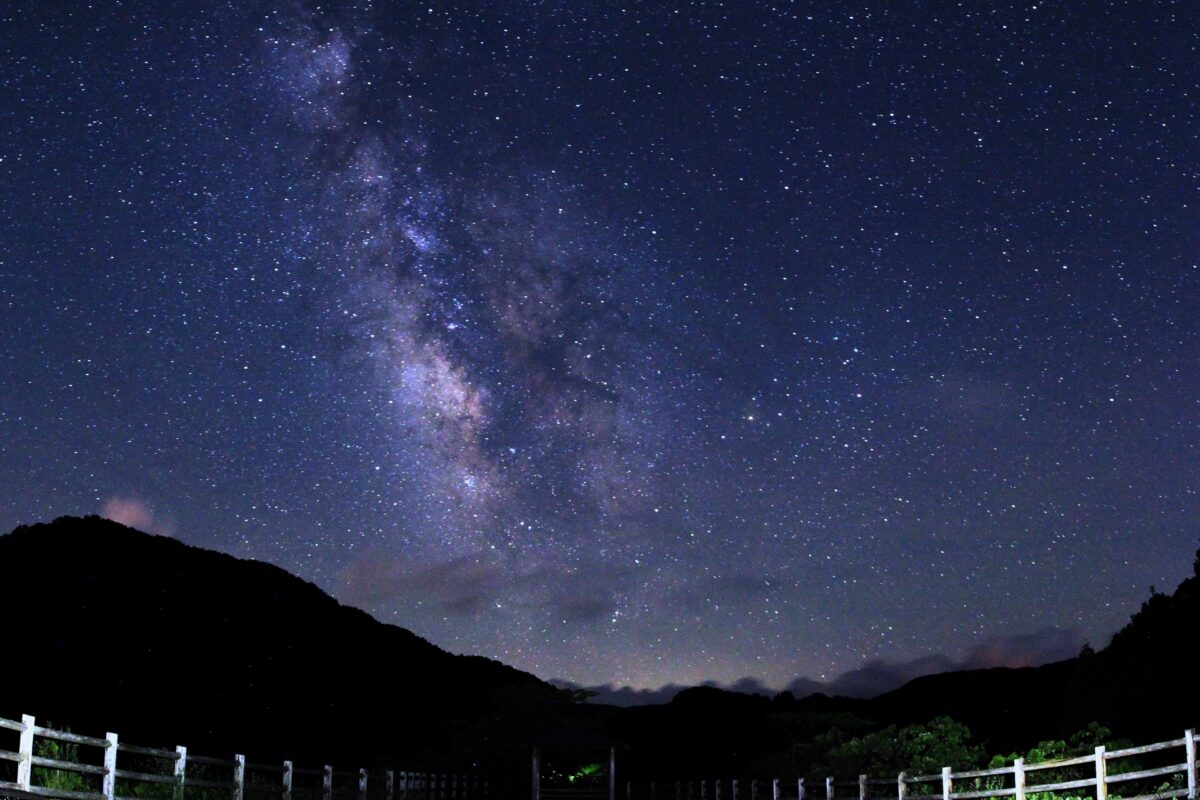
The rainy season bids farewell as Geshi melts into Shōsho, a micro-season marked by warm, welcoming winds. We start this season on July 7, and it’s not just any day – it’s Tanabata, the Star Festival! Think twinkling lights, romantic wishes scribbled on colorful paper strips, and those wishes fluttering in the breeze like the dreams of star-crossed lovers reuniting. Shōsho is also prime time for slurping down somen noodles because their thin strands are said to resemble the Milky Way that separates the celestial lovebirds.
Nature is still the main focus, with the first lotus blossoms unfurling their petals and baby hawks taking their first flights. The celebrations continue with Umi no Hi, or Marine Day, which falls during this micro-season on the third Monday of July. Beaches transform into a sea of happy faces as people flock to the coast to thank the ocean and soak up the gorgeous summer weather. Festivals are underway, and fireworks paint the night sky with vibrant colors – summer in Japan is in full swing!
3. Taisho (大暑): Greater Heat
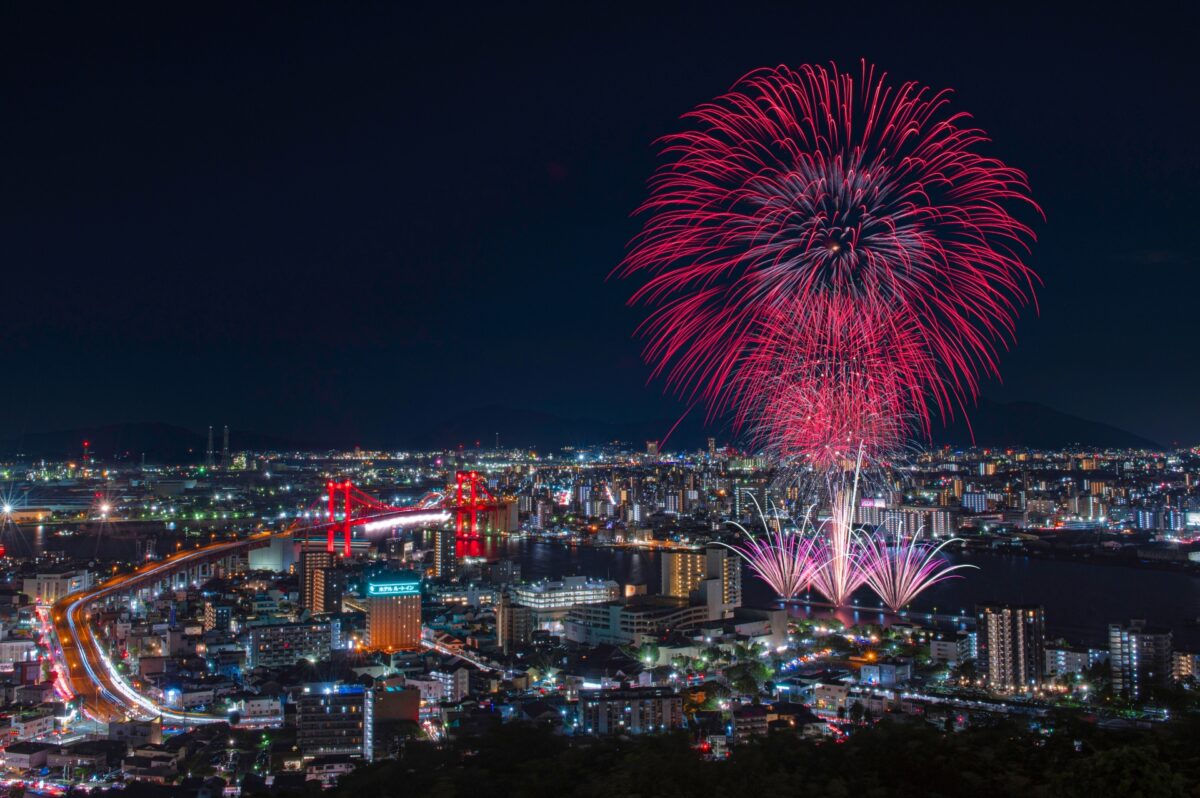
At last, we reach the climax of summer. Taisho means great heat, which we encounter during this, the hottest time of the year. The heat and humidity may soar, but that’s not all that’s going on! Nature puts on a show with paulownia trees showering the ground with seeds while cicadas unleash their ear-splitting screams. Some regions in Japan throw epic summer festivals during Taisho, when people go decked out in a cool yukata (lightweight summer kimono) to join lively parades.
Taisho is also the time for a heartwarming tradition called Shochu-Mimai. This is when people send beautiful cards featuring images of summer fireworks (hanabi), delicate morning glories, or even playful fish to loved ones. It’s a chance to check in, share updates, and celebrate the season with artistic flair. Another notable change is that the weather can take a dramatic turn as we reach the end of the Taisho micro-season. Powerful thunderstorms and even the occasional typhoon might roll in, hinting at the arrival of fall just around the corner. But don’t worry; these bursts of rain are just nature’s way of washing the summer heat away and setting the stage for a brand-new season.
4. Risshū (立秋): Beginning of Autumn
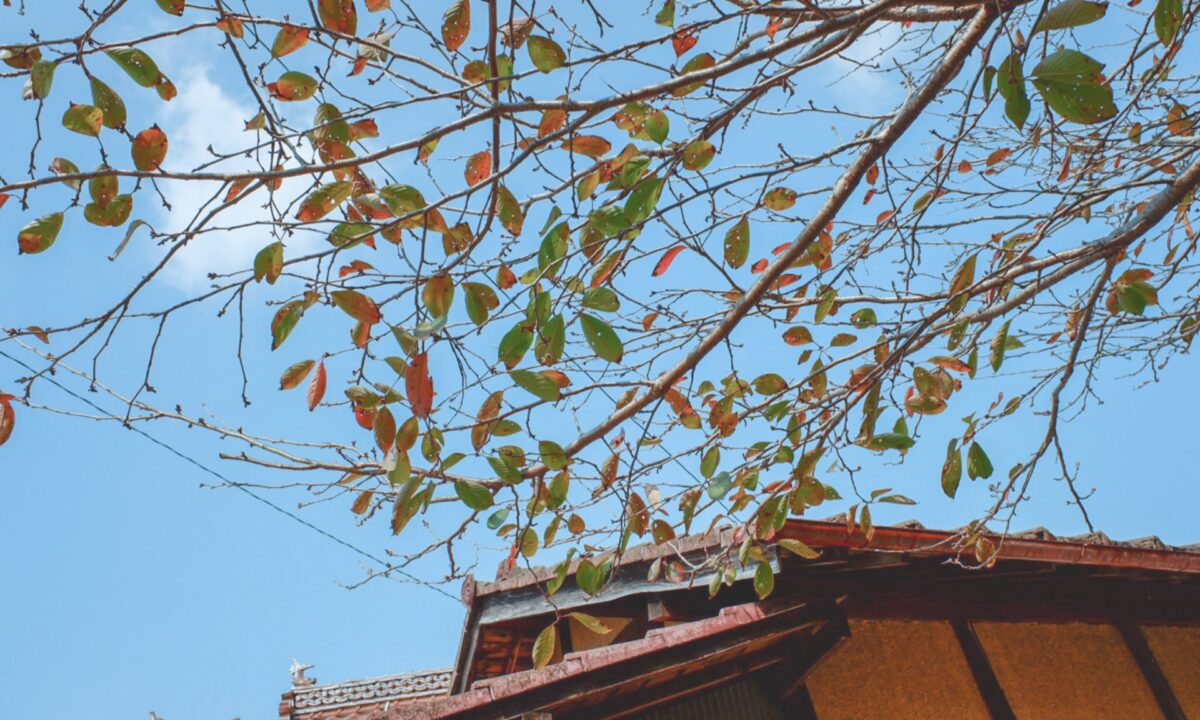
Don’t be fooled by the lingering heat because autumn whispers its arrival in this micro-season, even while summer roars on! Risshū, which translates to “beginning of autumn,” might not bring a dramatic temperature difference, but keep a close watch for nature to start dropping hints of cooler days to come. The leaves prepare to change color, and the fields turn shades of gold. Chirping insects begin to replace the buzzing cicadas, and in the morning, a fog rolls in, with a cooler breeze promising relief from the scorching sun.
Risshū is also bustling with cultural events! Obon, a Buddhist tradition, takes center stage from August 13 to 15th. It’s a time to honor the spirits of ancestors, a joyous reunion between families and loved ones who’ve passed on. Lanterns guide the spirits home, and when it’s time to say goodbye, these lanterns float down rivers, carrying the spirits back to the other side. Often coinciding with Obon are lively Bon Odori festivals full of vibrant music, energetic dances, and communities coming together.
5. Shosho (処暑): Manageable Heat
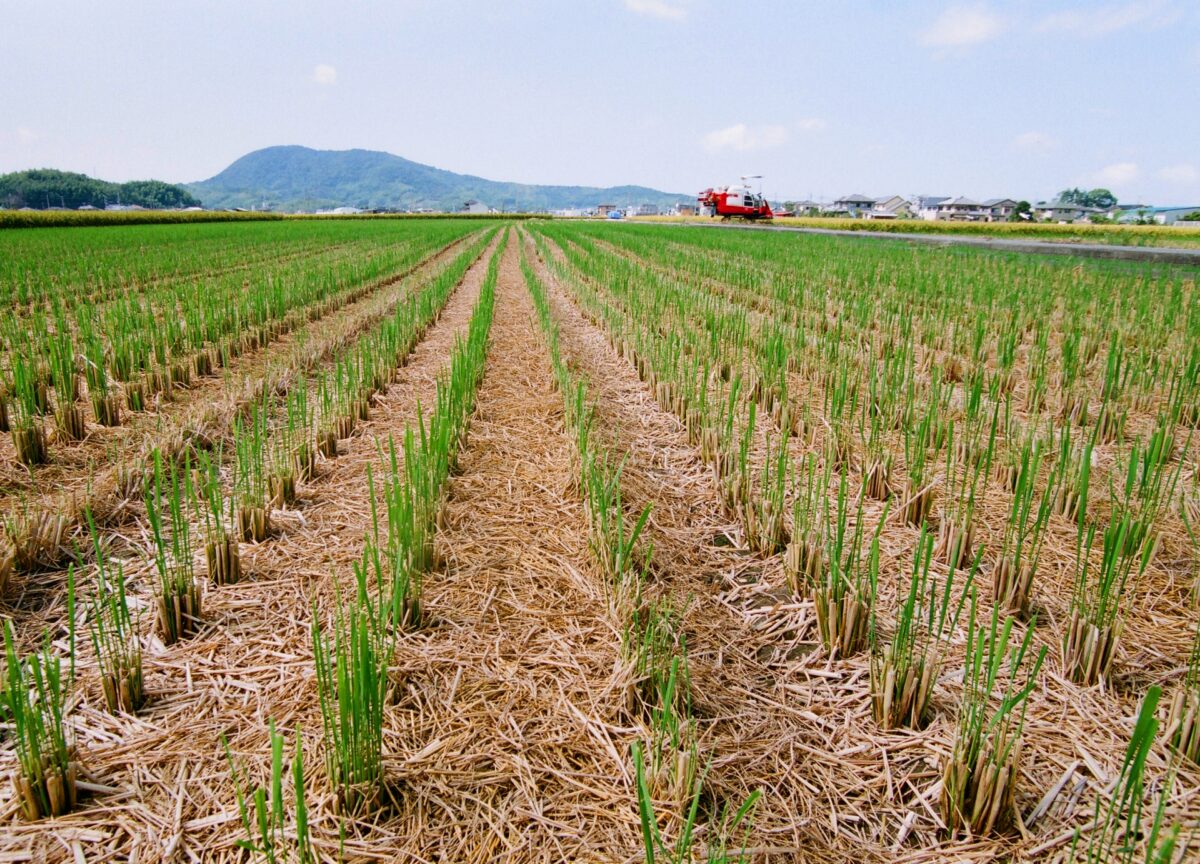
Shosho, literally translating to “subduing heat,” is a micro-season that signals summer’s finale. It’s a transition time marked by the delicate blooms of cotton flowers and the much-celebrated start of the rice harvest. But Shosho isn’t all sunshine and celebrations. Typhoons become more frequent, a reminder of nature’s raw power. However, Japan embraces this with vibrant festivals that light up the night sky!
The Yoshida Fire Festival marks the end of Mt. Fuji’s climbing season with a spectacular display of flames, and the Ōmagari National Fireworks Competition, one of Japan’s “Big Three” fireworks festivals, takes place. Shōsho also carries a touch of superstition. The 210th and 220th days after Risshun (the beginning of spring) – roughly September 1st and 11th – are unlucky. Typhoons and strong winds are said to be more likely to occur during this time. To appease the wind gods and ward off potential storm damage, the Owara Kaze-no-Bon festival takes place in Yatsuo, Toyama Prefecture, from September 1 to 3rd. This lively festival combines tradition with a prayer for a bountiful harvest, making Shōsho a beautiful and culturally significant micro-season.
6. Hakuro (白露): White Dew
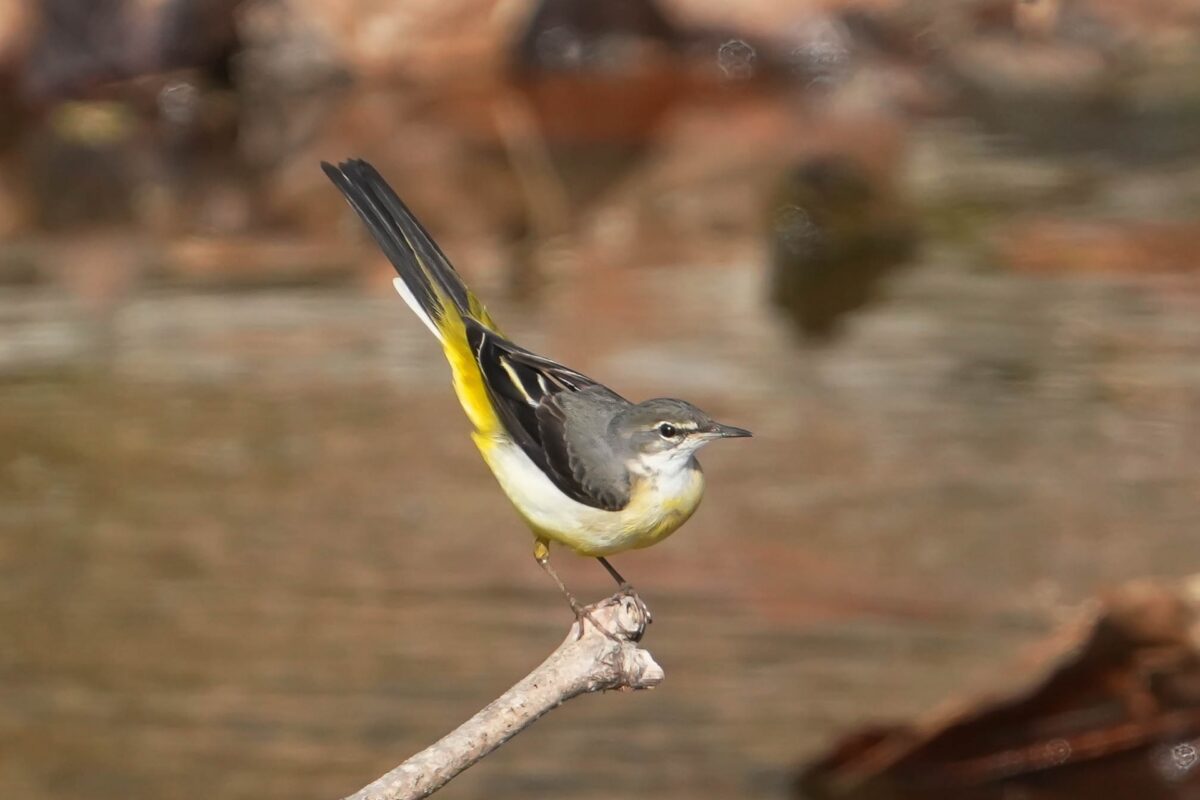
Summer’s heat might be holding on, but Hakuro whispers promises of cooler days to come. The clue’s in the name – Hakuro means white dew, and this micro-season is all about those mornings where the temperature gap between day and night widens, leaving mornings dusted with shimmering dew drops. While there’s still a summery linger in the air, autumn’s gentle nudges become more noticeable. The nights have been steadily growing longer ever since the summer solstice and Hakuro brings a noticeable shift when the evenings start to feel like they stretch on forever. This micro-season also marks the farewell song of summer. The wagtails start to sing while the swallows take flight toward warmer climates, and one thing becomes clear: autumn is coming.
But before summer completely fades, Hakuro ushers in another beautiful tradition: Tsukimi, the moon-viewing festival! Also known as Otsukimi or Jugoya, this is a time to celebrate the harvest moon and express gratitude for nature’s bounty. People come together to appreciate the beauty of the night sky and enjoy dishes featuring a raw egg yolk, a delicious symbol mirroring the moon itself.
Hakuro is the final curtain call for summer, paving the way for a brand-new season and its exciting micro-adventures. So, take a deep breath of that crisp morning air, savor the last remnants of summer, and get ready to embrace the magic of fall in Japan!
Japan Wonder Travel Tours
Japan Wonder Travel is a travel agency that offers guided tours throughout Japan.
From private walking tours to delicious Food and Drink tours, we can help you organize the best tours just for you! If you want to explore Japan and learn more about the history and backstories of each area you are visiting, our knowledgeable and friendly English speaking guides will happily take you to the best spots!
In addition, we can provide you with any assistance you may need for your upcoming trip to Japan, so please feel free to contact us if you have any questions or need some help!
▶Tokyo Tsukiji Fish Market Food and Drink Tour
Explore the most lively and popular fish market in Tokyo and try some of the local’s favorite street foods and sake with one of our friendly and knowledgeable English speaking guides!

▶Tokyo 1–Day Highlights Private Walking Tour (8 Hours)
There’s no better way to explore an area than taking a tour with a knowledgeable local guide. You will have the chance to learn about the history and interesting background stories of Tokyo, as well as discover some hidden gems which can be hard to do without a guide.

▶Mt. Fuji Day Trip Bus Tour from Tokyo
Experience the breathtaking views of Mt. Fuji by visiting the highlights of the area on our guided sightseeing bus tour! Departing from Shinjuku in central Tokyo, you can travel comfortably to all of the best spots in the area by bus.

▶Kyoto Private Full Day Walking Tour
On this full-day private tour of Kyoto, you will be able to see the highlights of Kyoto in just one day and at the same time develop a deeper understanding of both the culture of the area and Japan as a whole.
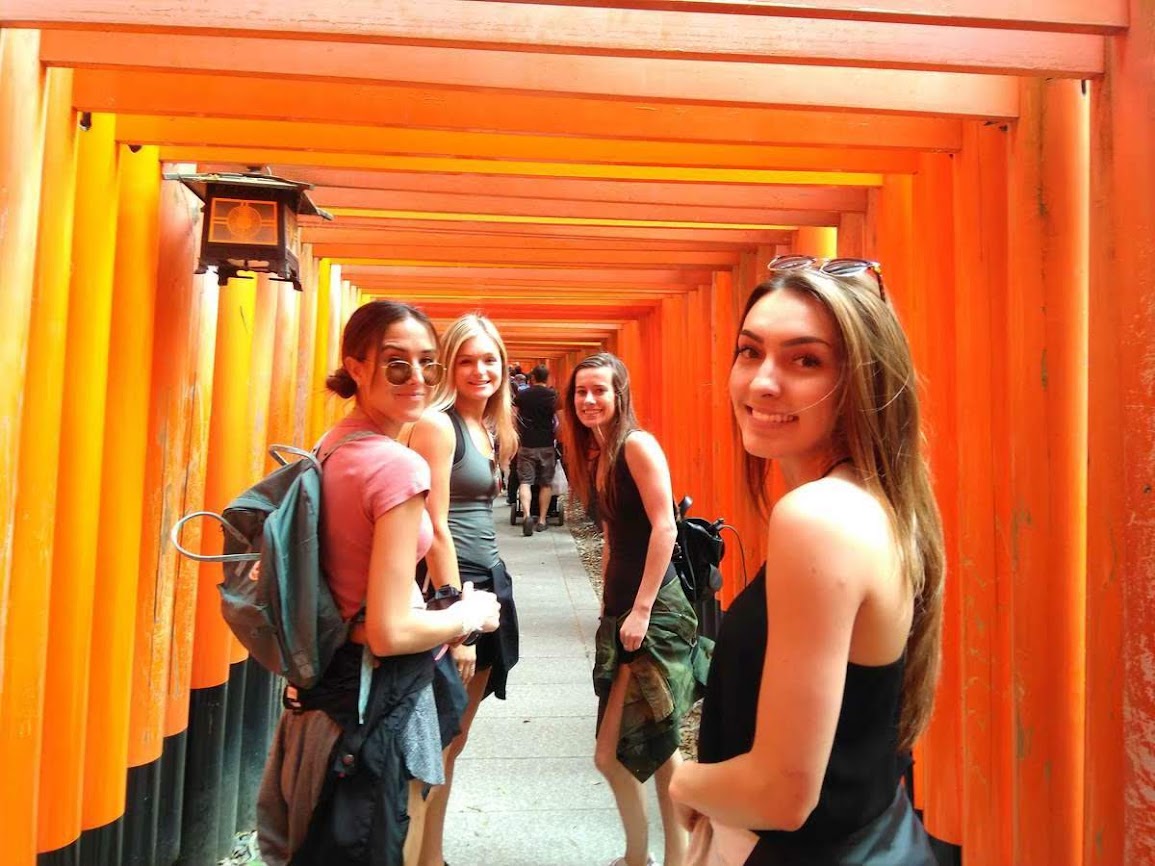
Follow us on Instagram, Facebook, Twitter, and TikTok for more travel inspiration. Or tag us to get featured!
Happy traveling!
Subscribe to our newsletter!

